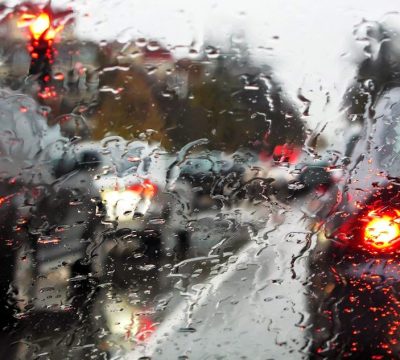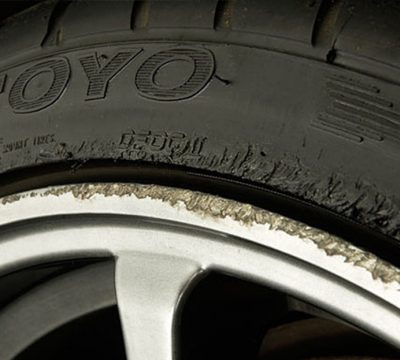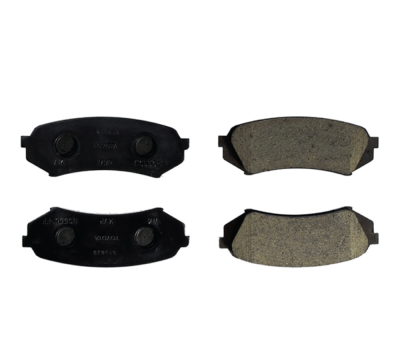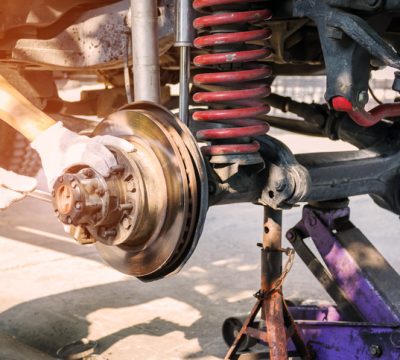What to do when your check engine light comes on.
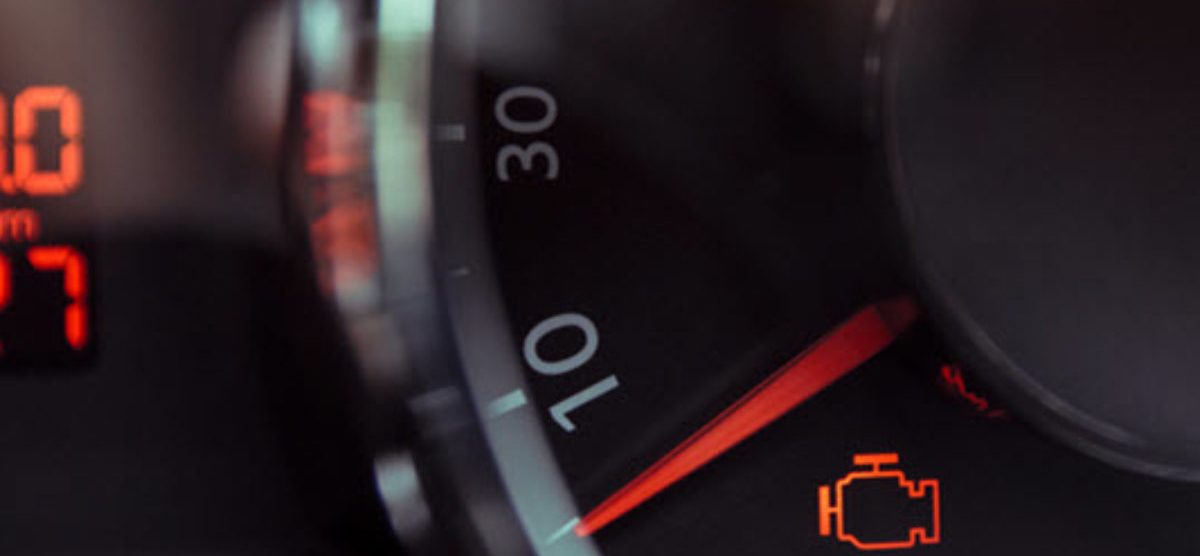
If the check engine light comes on, there are several things that can be done right away to check what is wrong. Investigating these can either provide you with a quick fix, help you rapidly identify a bigger problem, or, at the least, allow you to instantly eliminate some of the possible issues.
Problems that require immediate attention.
A missing cap in your engine: If liquid is exposed, it may trigger your check engine light.
An unplugged or loose wire: A wire can loosen on its own or be destroyed by an outside force, such as a mouse or squirrel, which can quickly set off a check engine light as well.
Low oil pressure: If your car is low on oil, it can cause your check engine light to go off. This is often shown in its own glowing light along with the check engine light on the dashboard.
Overheating: If your car’s engine temperature is heating up, it can once again trigger the check engine light. If you see the temperature gauge rising, stop as soon as possible
Some of these issues are easy repairs that you can do yourself, such as adding more oil or replacing a cap. However, if your car is overheating or an internal wire is damaged, you’ll have to seek the help of a professional.
Some models will have a yellow version of the light to indicate that you should check for a problem and a red one if the system believes you should stop immediately. If you aren’t certain that this is the case, though, you should always pull over as soon as possible no matter what specific color indicator you’re seeing.
Regardless of the scope of the repair itself, if your check engine light comes on when your car breaks down, it’s important that you assess the situation carefully, avoid doing on-the-spot repairs, and generally stay safe until you get your car towed to its model’s authourised service center where it can be properly diagnosed.
Make sure the fuel cap is tight.
One of the most common culprits that can trigger the check engine light is the easiest to repair. If you incorrectly put on the fuel cap, loosely, or in a way that doesn’t create a proper seal, it can quickly cause that dreaded check engine light to turn on. Often all that is required is to check the cap and fix it if it’s not on correctly.
Reduce your load size
Both your speed and excessive weight can put extra pressure on your vehicle’s engine. For instance, if you drive fast on highways regularly or you have a hitch on a smaller vehicle, you may be overtaxing the capabilities of your engine. This can lead to a loss of power, which may trigger your check engine light.
If this is the case, you may be able to address the issue by simply reducing the demands you’re putting on your vehicle. Remove the size of the loads that you’re pulling, at least for a while, and don’t drive as quickly to see if it causes the check engine light to turn off.
Once again, even if you suspect load size or speed to be the case, it’s still recommended that you conduct a diagnostic check. Make sure that there isn’t something else going on and check to see if you already caused any damage that could get worse.
Perform a Diagnostics Test
The number one thing that you should do when the check engine light comes on is to perform a diagnostic test.
The check engine light is an outward-facing part of your vehicle’s onboard diagnostic system. In other words, it’s a part of an internal computer system that oversees your vehicle and watches out for any number of problems.
Bottom line, whenever you’re in doubt about why the check engine light turns itself on, especially for TOYOTA models, seek the help of a proffessional at the DAKS TOYOTA service center.



